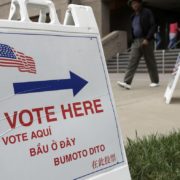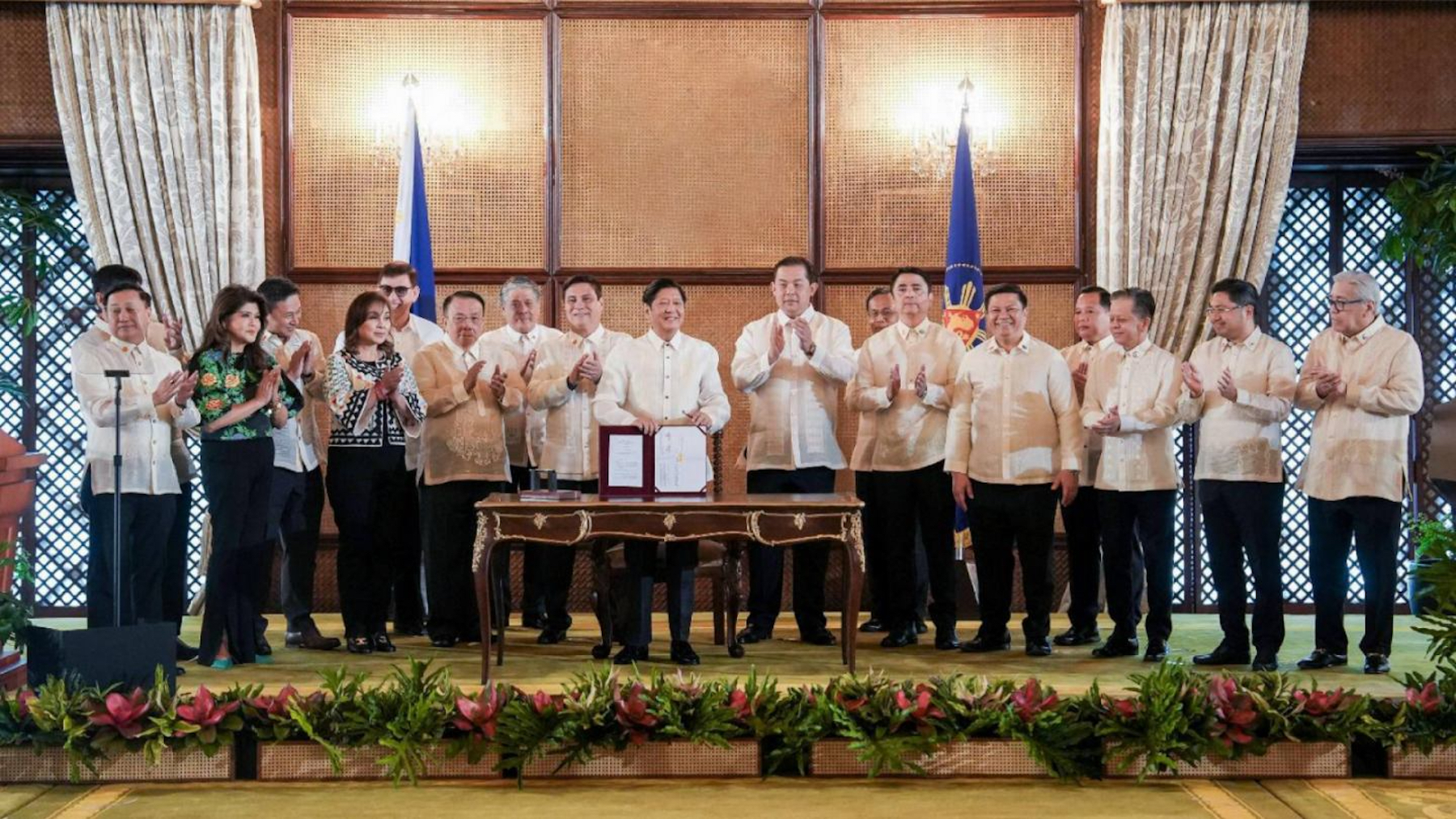With the selection of the first Asian American VP candidate, policy experts highlight importance of data disaggregation, visibility in politics
As the contentious 2020 election looms in the balance of a disaster-ridden year, the coronavirus pandemic is undoubtedly the top priority among voters.
For Asian Americans, the issue is twofold: in addition to a health crisis, it is also a social justice issue.
Since the beginning of the pandemic, there has been a string of anti-Asian sentiments and acts of hate plaguing the Asian American and Pacific Islander (AAPI) community, according to previous reports by the Asian Journal.
As the pandemic rages on, so do the social and political implications of the crisis, making it the driving issue for the AAPI electorate this coming election.
The national party conventions signal the election’s vicinity, when the major party candidates become more than just media fixtures and potential leaders of the “free” world; and, the stakes are higher in an election taking place during a global pandemic.
In other words, things become real once the conventions roll around.
As a way to gauge the AAPI community’s place in the national conversation, the National Council of Asian Pacific Islanders (NCAPA) held a press briefing highlighting the crucial role AAPI’s play in elections and the magnitude of AAPI visibility in national politics.
AAPI groups hope that with the selection of Sen. Kamala Harris (D-Calif.), who is half-Indian American and the first AAPI vice presidential candidate in American history, will punctuate the importance of the AAPI community on a national level.
“Whether you’re a Republican or Democrat, it is a benchmark of progress, and it is a reminder that diversity should be embraced, not feared,” Gregg Orton, national director of NCAPA, said in the briefing held on Wednesday, Aug. 12. “But it is also important to recognize that as important as it is for governments to look like the people they represent, it’s also important for policies that they create be inclusive as well.”
Getting Congress to approach legislation inclusively — that is, to propose bills and measures that address the issues of the oft-ignored AAPI community — has been an ongoing struggle for AAPIs for years. There are presently 17 AAPI members in Congress, meaning that AAPIs currently serving in either chamber make up nearly half of the number of congressional AAPI’s in history. (Since 1957, a total of 45 AAPIs have served as representatives and senators.)
But although AAPI representation in Washington is better than ever before, unifying the entire community as a political bloc continues to be an uphill battle.
Finding ways to combat anti-Asian racism in relation to the pandemic chief among the pressing issues that call for solidarity across ethnic and racial lines. One hate crime tracker reported 1,500 anti-Asian harassment, bullying and violence signaling AAPI lawmakers and political coalitions like NCAPA to push for legislative solutions.
“It’s critical that political leaders recognize and address the needs of our diverse AAPI community,” said Rep. Judy Chu (D-Calif.), chair of the Congressional Asian Pacific American Caucus (CAPAC), who last week organized a forum with the congressional Black and Hispanic caucuses to work on legislation to address the “alarming uptick” in anti-Asian attitudes and harassment ahead of the November election.
The term AAPI itself is a controversial aggregate in itself that is used to describe the vast population of not just Asians and Pacific Islanders but also Native Hawaiians.
Disaggregating data to reflect the concerns of the hundreds of culturally disparate ethnic groups under the AAPI label has been a cause for concern for years as the community continues to widen and diversify within itself.
In a pandemic that also has catalyzed a trend of anti-Asian sentiments across the U.S., the need for disaggregated data is especially crucial. The Filipino American community, for example, has been struggling to find answers to how the virus affects their own with many turning to whatever paltry data is available.
“These are critical disparities that we only know because certain states have elected to disaggregate their public health data by race and ethnicity,” Chu remarked, adding that there should be larger federal effort to disaggregate medical and health data.
The pitfalls of reaching for numerical paydirt, however, leads to fallacious media reports utilizing weak data to attempt to answer crucial questions about specific communities, like the Los Angeles Times story in July that reported a 40% mortality rate among Filipinos, a conclusion based on an unsubstantiated and rough list of 48 COVID-19 patients from the Philippine Consulate General in Los Angeles.
The lack of nuanced data is further couched in the lack of language accessibility for the Asian ESL population, of which about one-third of AAPI and Asian immigrants are limited English proficient. The disproportionality of this has led to difficult outreach efforts to the AAPI community, making it more difficult for AAPI subgroups “to access critical resources,” Chu said.
“The information gets conglomerated as a general Asian American or Native Hawaiian and Pacific Islander so for us, providing health care and for those who are the ground workers in the grassroots, it’s really hard for us to use that very, very lump sum data to really target the specific vulnerability of people who need more attention,” Katrina Dizon Mariategue, acting executive director of the Southeast Asia Action Resource Center, told the Asian Journal.
That being said, while prioritizing disaggregated observations of the massive AAPI community is important, so is the notion of a unified racial bloc that leads with cultural solidarity internally and externally, said Sefa Aina, Board Chair of Empowering Pacific Islander communities, who previously worked with President Barack Obama’s Advisory Commission on AAPIs.
“Our number one priority [in Obama’s advisory commission] was to get federal agencies to disaggregate data internally, [but] we understand that there’s a lot of issues that cross ethnic lines,” Aina told the Asian Journal, urging communities to make the effort to simultaneously work to increase the visibility of their unique needs while investing in issues that don’t directly affect their own.
Dizon Mariategue mirrored Aina’s remarks, emphasizing that neither race-wide unity nor fighting for individualistic visibility of subcultures are mutually exclusive.
“Disaggregated data is very important for a number of Asian American groups, but I believe that the collecting of this data and the relevance of this data also shouldn’t hinder the ability for our organizations and groups to also work together collectively,” Dizon Mariategue said. “We can collect this necessary data but still work as a broad Asian American identity as well.”






